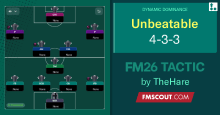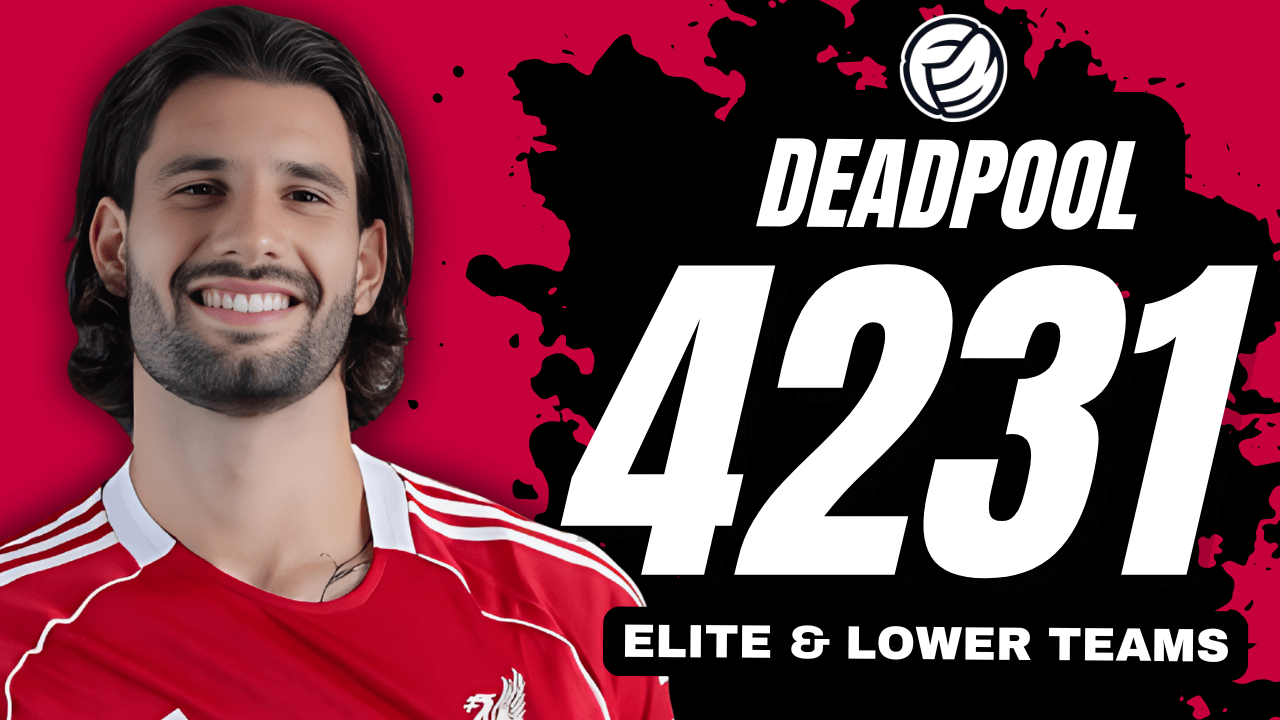
Guardiola Tactics Overview
Pep Guardiola will no doubt be remembered as one of the greatest football managers of all time. A disciple of Johan Cruyff, Pep is a major reference point for aspirational coaches around the world, with many inspired by his ‘Juego de Posicion’ philosophy.He has won eight league titles in three different countries, five major domestic cups, and two Champions Leagues, creating three iconic teams in the process. His Barcelona side might be the greatest club team ever seen, while his most recent successes at Manchester City - winning back-to-back titles with 198 points - is an astonishing achievement that will never be forgotten. Everyone knows he is a tactical master, and his use of Cruyff-inspired possession football with high pressing - which re-popularised the style in world football - is well documented. But what exactly makes the Catalan so different from his contemporaries?
Although he has stated on a number of occasions that there is no right or wrong way to play football, Guardiola does have a clear definition of what ‘good football’ is from his perspective. For some, fast-paced counter-attacking or build-up play with a focus on verticality are the most enjoyable styles to observe. For Pep, however, the emphasis is on intelligent manipulation of the opponents.
Guardiola’s tactics are remarkably complex, with each player given highly detailed positional instructions to ensure the team’s shape is perfect at every moment. The basic idea behind playing possession football rather than counter-attacking at speed is to maintain an evenly-distributed shape, gradually working up into the final third to suffocate and overwhelm the opposition. Guardiola does this by splitting the pitch into 24 zones, and demanding that no two players are ever occupying the same space. If the winger is on the outside, the full-back must dip infield, for example, while every single player needs to be alert to shifts in the overall pattern. The idea is to be spread vertically and horizontally at all times, offering multiple 45-degree passing angles to whoever has the ball; constant triangles are created by this ultra-diligent grid system.
The most important players within this grid are the playmakers occupying the channels between centre-back and full-back, otherwise known as the half-spaces. This is where Kevin De Bruyne and David Silva operated in tandem at City, and while other coaches increasingly exploit this area of the pitch nobody has revealed the fertility of this zone quite like Guardiola. Andres Iniesta and Lionel Messi danced through the half-spaces at Barcelona, creating a new tactical template for others to follow. Guardiola believes these areas are more productive than the central number ten zone because from a wider starting position playmakers can see more of the pitch and can open their body out for a defence-splitting pass.
In Pep’s first season at Manchester City, the Citizens only managed to finish third in the Premier League, failing to secure any silverware. Many fans of rival clubs nicknamed him ‘Fraudiola’, suggesting his previous success had come purely thanks to the quality of his players, rather than as a consequence of any sophisticated training methodology. 12 months later, however, City were crowned champions having amassed a record-breaking 100 points. The football on display was worth the wait, with regular high-scoring victories and flawless team goals.
Tactical Recreation FM20




The Results











![FM26 Data Tweaks [v1.0 | v1.6]](assets/downloads/fm26/fm26-data-tweaks-by-sirtavares-v2.th.png)


Discussion: FM20 Tactic: Blue Moon - Pep's City
3 comments have been posted so far.